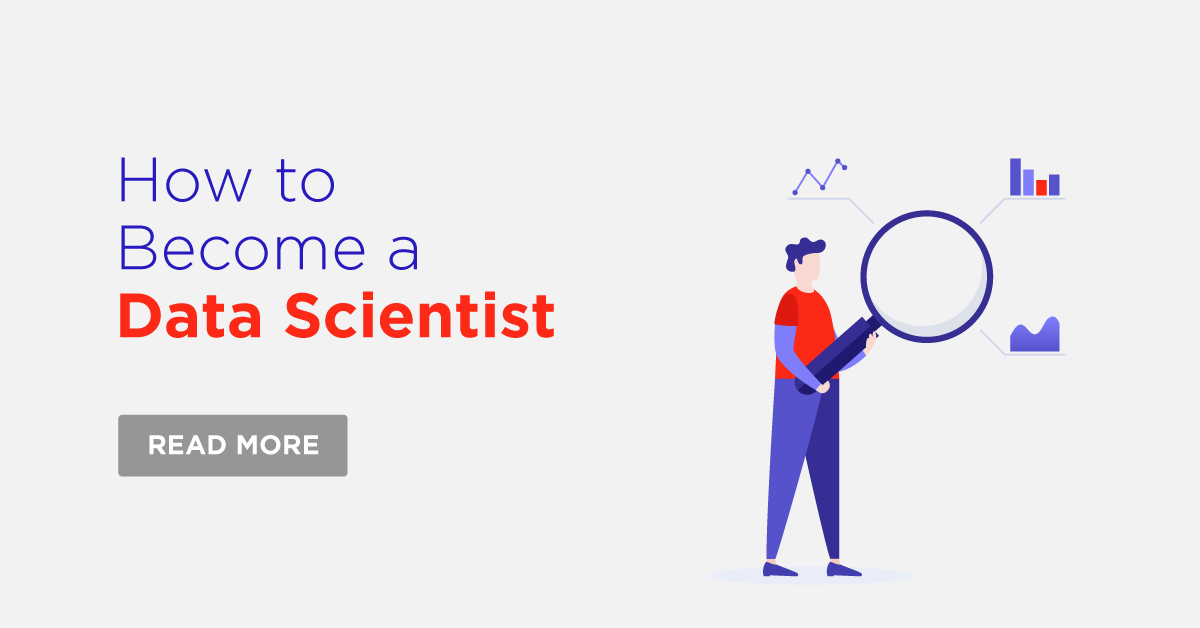
Productmanagement is pivotal in envisioning, developing, and scaling successful SaaSproducts. It is a multifaceted function encompassing strategy, analysis,execution, and optimization. This blog discusses the top ten criticaldeterminants of whether a SaaS product attains success from a productmanagement perspective. It explores aspects like visioning, understandingcustomers, design, agile methodologies, performance, marketing, and KPIs. Byfocusing on these factors throughout the product lifecycle, managers caneffectively shape products to satisfy customer needs and drive meaningfulbusiness outcomes. The success of a SaaS product is underpinned by acomprehensive product management strategy that incorporates the top 10 criticalfactors.
Declaringa SAAS product successful is challenging in today's competitive softwareindustry. With new innovative products launching every day, it is imperativefor product managers to understand the key metrics that determine productsuccess truly. While revenue and growth are apparent measures, several otherimportant factors need to be tracked and improved over time. This blog willexplore the top 10 factors that product managers can use to evaluate their SAASproduct and declare it a true success.
Importance Of Product SuccessIn The Competitive SAAS Industry
The SAASindustry has seen exponential growth over the past decade with more companiesadopting cloud-based software solutions. It has led to immense competition aswell as rising customer expectations. Establishing product-market fit andachieving success has become significantly more challenging for new entrants.It is estimated that over 70% of new SAAS startups fail within the first threeyears due to the inability to prove product-market fit or gain traction.
Forexisting players, continuous product success is critical to sustain businessand stave off competition. Customers now have numerous options at every pricepoint and expertise level, making retention more difficult. It puts tremendouspressure on product teams to holistically measure success, learn from metrics,and optimize the right factors that customers truly value. A clearly definedframework of elements is needed to systematically track, analyze, and improvethe product over its lifecycle.
Top 10 Factors To Declare ASaaS Product A Success
There are many key factors that contribute to making a SaaSproduct a winner. This blog section will count down the top 10 most criticalelements that need to align in order to declare your SaaS offering an undisputedsuccess. Read on to discover the essential ingredients for SaaS productsuccess.
UserSatisfaction
Theprimary measure of any product's success is how satisfied users are with theirexperience. In the SAAS world, satisfaction can be gauged through net promoterscores, surveys, reviews, and qualitative feedback. Ensuring a delightful andhelpful user experience across onboarding, adoption, and ongoing use isparamount. Friction points need to be removed through iterative improvementsbased on customer feedback. Satisfied users will not only continue using theproduct but also become advocates and references for future growth.Dissatisfied users will churn and provide negative word-of-mouth which can dentmarket reputation. Constantly enhancing satisfaction through a customer-centricapproach remains a top priority.
UserEngagement
Closelylinked to satisfaction is user engagement - a metric that measures how activelyand frequently customers are interacting with and deriving value from theproduct. In the modern attention economy, sustained high engagement indicatesthat users genuinely love the product and find it indispensable. It is a strongsignal of product-market fit. Engagement can be tracked through metrics likeaverage sessions, time spent, feature consumption, content creation, etc. Starproducts have engagement numbers that increase over time instead of remainingstatic. Dips require immediate analysis, and experienced product managersattribute low engagement to poor utility instead of passing customer blames.Proactive engagement efforts through improved UX, personalized recommendationsand gamification boost metrics and retention.
RetentionRate
The mostimportant outcome metric is the ability to retain initial customers andoptimize for lower churn. Retention or net retention rates are tell-tale signsof the product's stickiness and ability to solve customer needs over thelong-run. These numbers reflect the product's true strengths and weaknessesthat emerge from real-world use. Top SAAS companies obsess over retention, viewit as the primary KPI, and reward product teams for marginal gains. Healthyretention of 80% or higher on an annual recurring basis is what separatesaverage products from stellar category leaders.
RevenueGrowth
Revenuegrowth is a crucial business metric that signals the product is deliveringongoing value and driving expansion. Public SaaS companies are valued almostentirely based on revenue multiples as growth is highly prized. For early-stagestartups, outpacing revenue targets quarter after quarter is often the only wayto satisfy investors and prolong the funding runway. Strong growth usuallystems from some combination of user expansion, high retention rates, increasingaverage revenue per user due to upsells/cross-sells and price increases. Whilevanity metrics can be manipulated, consistent growth in subscription salespaints an authentic picture of product achievement and market fit. Growth alsofuels further R&D that strengthens network effects in a virtuous cycle.
Scalability
Withgrowth comes the need to scale operations smoothly to support an explodingcustomer base. Scalability is an underappreciated but core attribute ofbreakout products. It tests an engineering team's ability to designcloud-native systems that can withstand huge spikes in traffic withoutperformance issues. Auto-scaling, containerization, microservices, in-memorydatabases etc. are some technical approaches to building elasticinfrastructure. As with growth, scalability also requires rigorous testing andloads that simulate real-world usage. It is important to uncover bottlenecksproactively rather than during a crisis. A product pipeline clogged due toscalability trouble is a sure road to customer erosion. Scalable architecturegrants flexibility to focus on product rather than plumbing as the businessscales.
Innovationand Iteration
Standingstill means falling behind in such a rapidly evolving industry. Successfulcompanies redefine their categories through frequent innovation that makes eachrelease compelling for users. An innovative product proactively drives trendswhile others scramble to keep up with changing customer demands. Carefulexperimentation leads to breakthrough functionality that delights users versusplaying it safe. At the same time, iterative improvements based on measurablelearnings help optimize the core experience. The greatest inventions occur atthe intersection of 'build-measure-learn' cycles. Breakdowns happen but must betreated as opportunities rather than failures. This rapid testing culturenurtures creativity, forges deep customer understanding, and leads toproduct-led growth.
OperationalEfficiency
All theabove factors must be managed and improved efficiently through streamlinedinternal operations. With scale comes complexity that strains processes withoutongoing simplification. Measuring and optimizing critical business metrics likechurn, CAC, and LTV allows allocating resources intelligently towards thehighest ROI initiatives. Data drives automated decision-making across functionslike pricing, support, feature prioritization and development itself.Standardization unlocks productivity across distributed teams, whileself-service culture empowers users. Cost leadership stems not from cuttingcorners but from eliminating non-value-adding work through technology. Processautomation and custom-built tools reduce reliance on manual effort over thelong term. Performance management ensures continuous efficiency gains yearafter year.
CustomerSupport
Support isthe ultimate differentiator in customer experience - both positive andnegative. An effortless support experience builds trust and goodwill whilefrustrations can singlehandedly kill a product. Prompt responses to issuesthrough multiple channels help users regain productivity. Accurate resolutionof even complex problems demonstrates competence. Qualitative insightstransform into systemic product improvements to reduce future support load.Self-serve knowledge resources and tutorials educate customers on optimalusage. Personable support teams build relationships beyond transactions througha caring, blame-free approach. Automation and AI supplement but do not replacehuman judgment and empathy that keep customers flocking to 'People First'brands during crises. Overall, customer service indicates how much a vendorvalues relationship over individual transactions.
Securityand Compliance
In the ageof digital trust, data protection is non-negotiable for enterprises andconsumers alike. Compliance with regulations like GDPR establishes credibility,while continuous vulnerability assessment and patching create an inherentlysecure foundation. Multi-factor authentication and encrypted transmissionprevent account takeovers. Access controls regulate approved vs unapprovedaccess. Activity monitoring spots anomalous behavior. Well-documented securitypolicies and certifications assure customers of the best practices beingfollowed. While security can never be perfect, transparency about incidentsshows accountability. Bug bounty programs harness the crowd to strengthendefenses. Overall, privacy-centric product design exhibits the depth of a company'ssecurity commitment to regulators and clients.
MarketLeadership
Last butnot the least is a product's ability to emerge as the undisputed leader in itscategory. Network effects and increasing returns make this outcome much morechallenging to achieve but all the more rewarding, given competitive barriersto disruption. Thought leadership through published case studies and speakingengagements cements authority and builds peer referrals for future sales.Landing premiere customers as logo references add tremendous social proof forprospects. Proactive community building unites passionate users and multipliesadvocacy. Visionary roadmaps backed by consistent execution assure stabilitythrough market cycles. Acquisition of complementary solutions delivers expandedplatform capabilities. Overall, a category-transforming product enters thelexicon and raises the bar for all subsequent entrants, the true sign ofbuilding an iconic, industry-shaping product.
Conclusion
Productsuccess in the complex modern SaaS landscape requires a multifaceted,data-driven approach across all the dimensions discussed above. Whileindividual metrics provide insight into discrete areas, it is their coordinatedanalysis over time that holistically demonstrates actual product achievement.Constant improvement rather than complacency also separates excellent fromaverage products. The top factors act as guideposts for product teams tosystematically measure, learn, and optimize key determinants of customer,business and market success.
Acommitment to continuous improvement, scalability, and effective monetization,along with a well-executed marketing plan, competitive analysis, and thetracking of key performance metrics, collectively ensure that a SaaS productnot only thrives but also meets and exceeds user expectations, ultimatelyestablishing itself as a resounding success in the competitive SaaS landscape.

_Expert.png)
